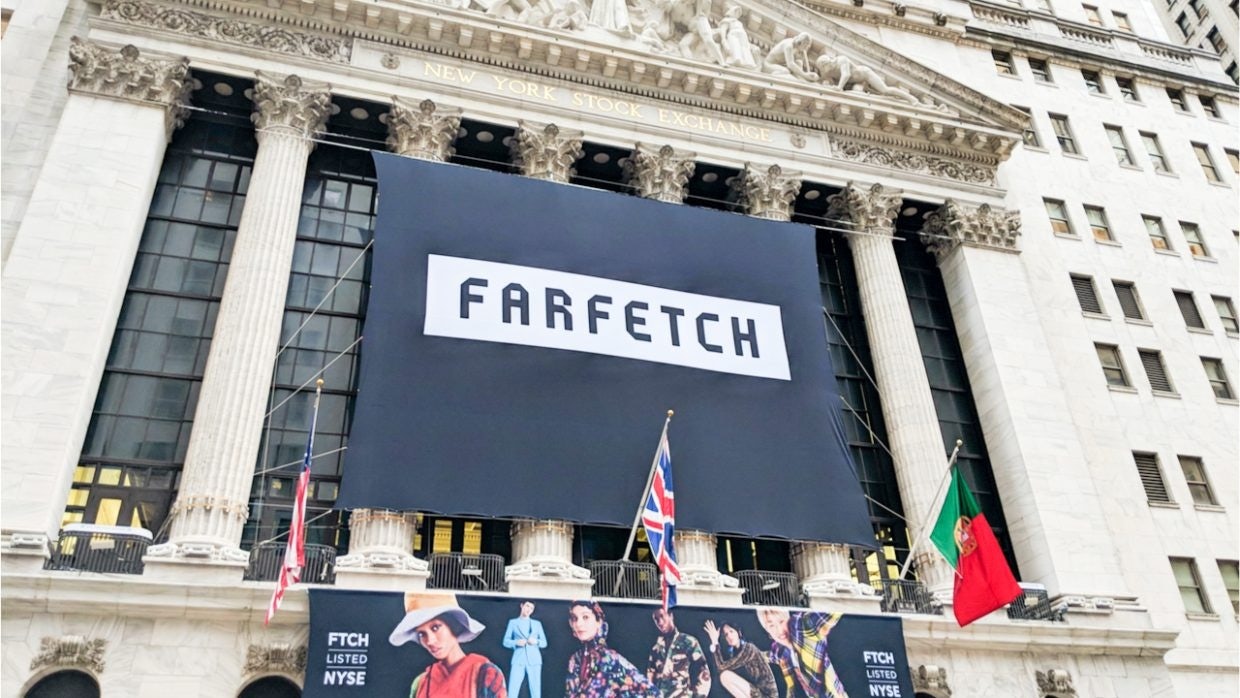Farfetch, the global online luxury fashion retail platform, released its first quarter preliminary results, ending March 31, with an estimated Q1 2020 loss after-tax between $70 and $125 million. The Brand Platform, however, was expected to deliver a strong GMV (Gross Merchandise Value) of approximately $105 million, which is in line with expectations. This growth was mainly been driven by its performance in China, which, in February and March of 2020, grew faster than full year 2019.
Moreover, Farfetch says it observed a substantial slowdown in growth from larger markets in Europe and North America due to the ongoing effects of the COVID-19 pandemic, as global brands continue to assess their production capabilities for their winter collections in light of some factory shutdowns. Banking on how this crisis will continue to accelerate the fashion industry’s digital transformation, José Neves, Farfetch’s Founder, Co-Chairman & CEO, is positive about the future of the company, quoting Farfetch's capability of providing digital solutions with full control of their direct to consumer offerings.
Also, amid the pandemic, Farfetch launched the #SupportBoutiques initiative to support the hundreds of small shops across its seller base by increasing the visibility of their stock and helping with logistics, marketing, and operations.
Jing Take:#
In addition to the early recovery of the Chinese market, Chinese consumers are the youngest luxury shoppers in the world and make up the highest average unit value for the company. Given this, China is clearly at the forefront of Farfetch's execution to stay relevant amid the ongoing pandemic.
With 20 percent of VIP accounts making up 80 percent of Farfetch’s revenue, HNWI shoppers in China continue to be the company’s most lucrative segment, as this group’s spending power is far more resilient than the mass consumers amid the pandemic, as research shows. The platform also is mindful about their consumer’s growing shift toward sustainability, with donation and buyback programs continuing to harvest new awareness and attract loyal followers.
And now, amid the continuing COVID-19 crisis, Farfetch continues to focus raising its brand awareness and monetizing the market’s early recovery. For example, in early April, Farfetch quickly launched a host of celebrity-led initiatives, including a campaign featuring the popular actor Huang Jue, curating his own Farfetch wardrobe, with all items available via one click shopping on WeChat. Farfetch hopes to build on this by predicting fashion trends with their monthly trend report, which not only informs the greater China fashion industry on what’s popular, but also pairs each new trend with actual Farfetch products from its site.
The Jing Take reports on a leading piece of news while presenting our editorial team’s analysis of its key implications for the luxury industry. In this recurring column, we analyze everything from product drops and mergers to heated debates that sprout up on Chinese social media.
